photo
Kim Cadena
Piscataway, NJ
The 1811 Commissioner's Map of New York
The Commissioner's Map *created* New York. It planned out the the street grid that exists above 14th Street and that defines the city to this day.
Can you imagine New York without its street grid? I didn't think so.
oscar
ny
1.art supplies
2.fashionable clothes
3.money
4.drug paraphanelia
5.swag
6.music supplies..
7.tokens...metro cards
8.hot girls and boys
9.axccent
10.wnyc
You need all this to survive
Joan Geismar
Manhattan
A Dutch brick from the hull of the 175 Water Street Ship, also known as The Ronson.
This small, deformed Dutch brick, a "clinker," was excavated from the hull of a derelict, 17th-century merchant vessel scuttled to serve as cribbing for land-making on Lower Manhattan's east side. It represents the engineering techniques used by British Colonials to reclaim land from the East River, and the cooperation among those who would benefit, New York City's elite merchants. It is one of many such bricks excavated in 1982, but only one of few retained.
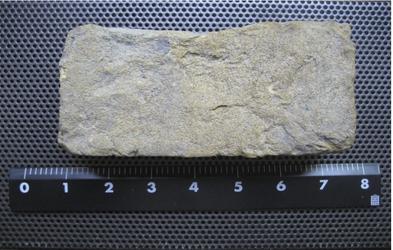
Meghan Jablonski
Brooklyn
the oyster
the oyster is part of both New York City's ecological and social systems. Its story in the natural habitat (near total decimation and recent efforts to restore it) reflects the fluctuating health of NYC's ecosystems, shifts in industry, and shifts in environmental awareness. Its story as a food reflects trends in social fashions and carries strong associations to periods in NYC's history (e.g., the mad man era, and it's recent popularity.)
Joan Geismar
Manhattan
The tombstone of a 29 year old man who died in of yellow fever in 1799 discovered in Washington Square Park
James Jackson's tombstone, discovered during archaeological testing in Washington Square Park, not only provides information about the origins and death of this young Irishman (he was born in County Kildare, Ireland, and died on September 22, 1799), but also about the city's history and constant reinvention. Research revealed that most of Washington Square Park was, in the late-18th and early-19th-century, a Potter's Field, by definition a burial ground for the indigent and unknown. Jackson, who was neither indigent nor unknown, was buried in the Potter's Field because the panic engendered by yet another summertime incursion of yellow fever prompted a mandate shortly before his death that all yellow fever victims were to be buried in the Potter's Field. So Jackson's tombstone not only documents his death, but also the history of the site, which in this case was the transformation of a dreaded burial ground into a beloved park.

holen sabrina kahn
NYC & Croton on Hudson
The ubiquitous food car.
Not only is their a cart on almost every corner, it describes NY in a microcosm. The fast paced New Yorker that needs to grab food or coffee on the run, the DIY attitude of the city. And perhaps most importantly it captures the immigrant experience, from the knish, to the Dolsa, to Halal, to korean bbq, to french crepes. The stands represent the diversity of food, culture, human aspiration, independence and the economic struggle to survive. All of these experiences converging over lunch at a nomadic food cart.
Carl Courant
Manhattan
I nominate the "NO RADIO" plaque that adorned the rear-side window of many a car during the '70s and '80s.
In the 1970s and 1980s New York City appeared to be in a downward spiral - the narrative was dominated by crime, filth, blight, drugs, bankruptcy, Son-of-Sam, squeegee men, graffiti . . .
Any car parked with a visible tape deck was almost assured of a break-in. Motorists took to placing "NO RADIO" signs on their cars to forestall this.
This would be, as a single object, a powerful iconic representation of the mood of those dark times.
michael leslie
midtown
The cobblestone:
Came over as ballast for the ships from the Netherlands and elsewhere with empty holds and used to pave lower Manhattan as those holds were filled up with tobacco, timber, molasses, rum etc. They represent the receipts of that commerce and when I walk on them I always think of the river fronts of New Amsterdam and of those great creaking vessels, their bowsprits one after the other looming over the docks.
Elizabeth
New York, NY
The 18th Century Ship found at the World Trade Center in 2010
The ship was constructed at the dawn of America and represents the city's transition from a colonial port into a thriving hub of global commerce. It was discovered at a site important to the city's commercial heritage and at the heart of the redevelopment effort.
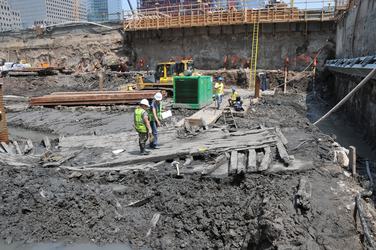
elizabeth S. Titus
upper West Side/CPW
The orange ZABAR'S sign
Zabar's "embodies the quintessential New York emotion, which is unrequited love,” according to the quintessential New Yorker Norah Ephron. “All of Zabar’s customers love Zabar’s more than Zabar’s loves them.”

Turlough McConnell
7 State Street, Lower Manhattan
The Irish Mission at Watson House, located next to Seton Shrine at 7 State Street, has a set of five books that list the names of 60,000 young women and girls from post-Famine Ireland, beginning in the 1880s. These young women were sheltered at this building upon arrival in New York. The books list their names, ages, dates of arrival, names of the ships that carried them, addresses in Ireland where they came from and addresses in the United States where they were going.
Many hundreds of thousands of American families can trace their roots to these women. These books are little known now but in time will be a treasure trove of genealogical history for future generations of Americans.
Photos of the books are available.
Betsy Bradley
Brooklyn, NY
statue of Washington Irving in Prospect Park
Washington Irving was New York's first storyteller. While best known today for his Hudson River Valley tales, he was the creator of the city's founding mythology (via his satirical History of New York, and, more importantly, the creator of the city's first mascot, Father Knickerbocker. The Irving statue in Prospect Park is one of the only monuments to Irving in the five boroughs.
Betsy Bradley
Brooklyn, NY
The Carroll Street Bridge over the Gowanus Canal
This delicate, elegant structure, filagreed and painted like its big cousin the Williamsburg bridge, lends a kind of Venetian glamour to the act of crossing the Gowanus. It is a constant reminder to New Yorkers that while Manhattan is an island, the rest of the boroughs are also criscrossed with waterways, some forgotten, some hidden, some maligned.
elizabeth S. Titus
upper West Side/CPW
Sign from Let There Be Neon in Tribeca
Let There Be Neon is one of the few surviving neon sign makers. They made the six-foot-tall neon martini glass for “Sex and the City” and many of the more memorable signs that make NYC the "Bright Lights" center of the world.
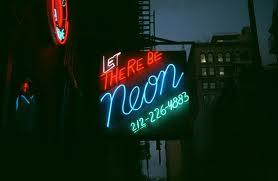
Betsy Bradley
Brooklyn, NY
The Stettheimer Dollhouse at the Museum of the City of New York
It is a time capsule - New York in the Jazz Age, writ small, and complete with tiny original works by Marcel Duchamp and George Bellows, among others. Adults may covet the two-story maisonette with a private elevator (even if it is only about four feet high) but children will immediately populate the empty rooms with people of their own imaginings - like the Museum itself, the dollhouse and its works belong to the people of New York.
Ayala Cohen
Far Rockaway, NY
A pastrami sandwich on rye, with extra mayo and mustard. With a pickle and cole slaw on the side.
New York City delis (whether kosher, kosher-style, or otherwise) are a New York City institution, representing the hard-working immigrant trying to eke out a living in this great city, by preparing the greatest sandwiches that $12.99 can buy.
Michelle Brill
East Brunswick, NJ
Pushcart
Pushcarts are iconic to the lower east side and all immigrant neighborhoods going back to the 1800's. They appear today selling pretzels, hot dogs, chestnuts etc. In fact, one way to crack the restaurant business today is to run a successful food truck or pushcart. When I think of "old NYC" I think of pushcarts.
Richard
Oradell, NJ
SHORAKKOPOCH
(Inwood, Manhattan)
SHORAKKOPOCH
(Inwood, Manhattan)
Principal Manhattan Indian Village, Site in 1626 Were Peter Minuit Purchased Manhattan Island for about 60 Gilders.
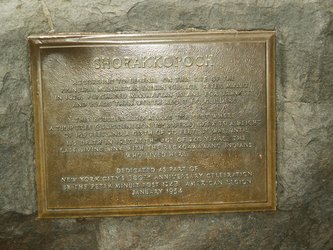
elizabeth S. Titus
upper West Side/CPW
The earliest known map of NYC, the 1639 Manatas Map
"This map, possibly done to encourage Dutch settlement, depicts plantations and small farms. These widely dispersed settlements are keyed by number in the lower right-hand corner to a list of land occupants. The list of references includes a grist mill, two sawmills and "Quarters of the Blacks, the Company's Slaves." Also delineated are a few roads represented by dashed lines and four Indian villages situated in what is now Brooklyn."
Library of Congress
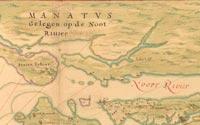
Richard
Oradell, NJ
New York City Water Tunnels
With out the water they delivery there is no New York City

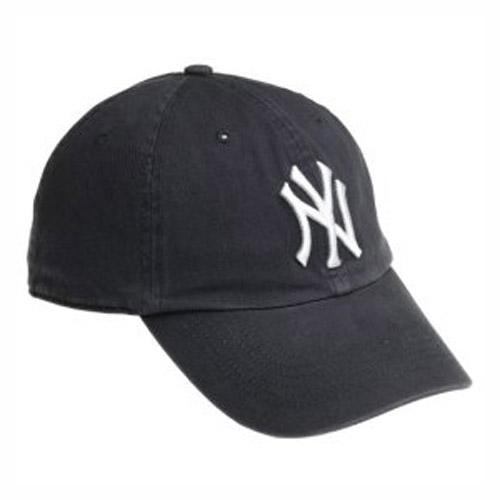


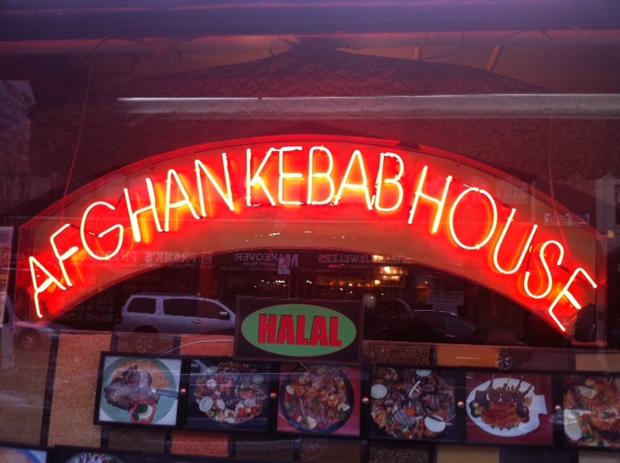
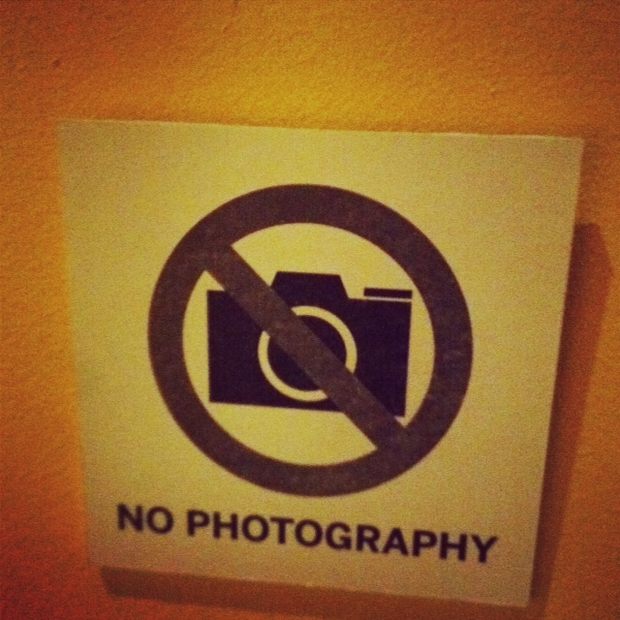
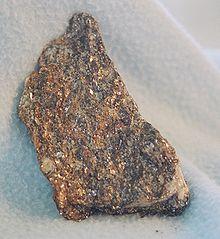
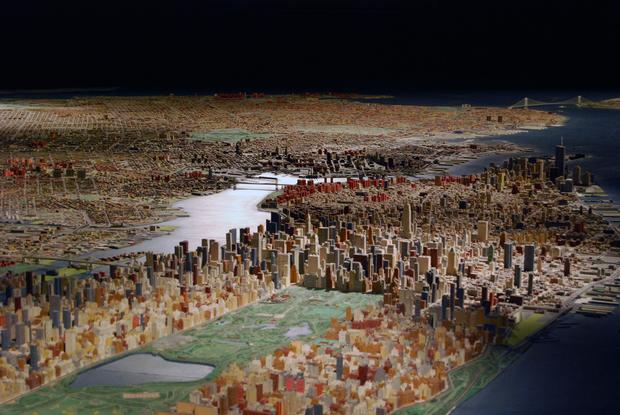
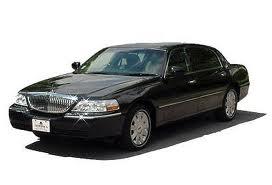
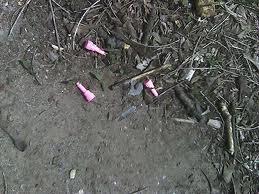
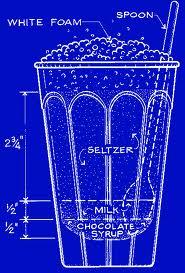
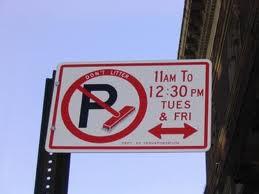

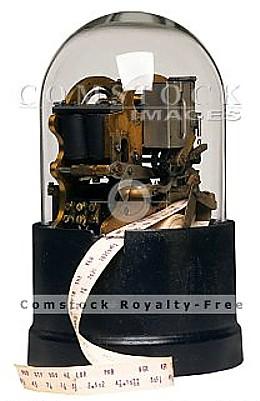
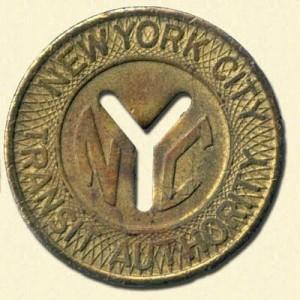
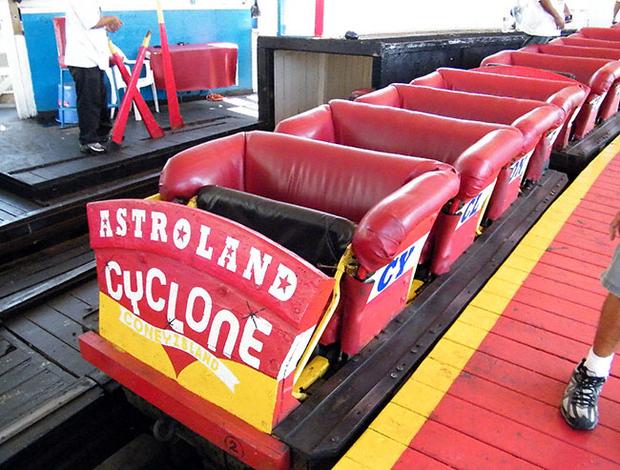
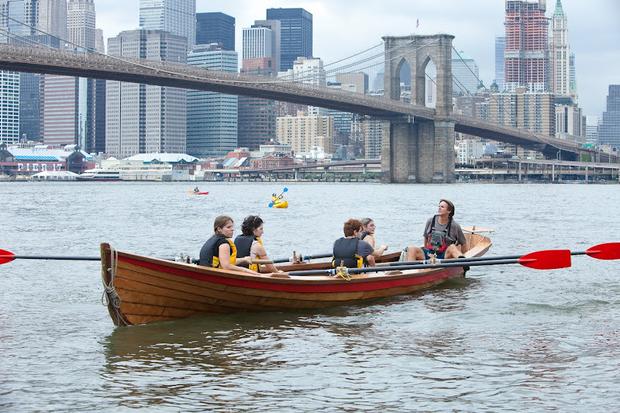


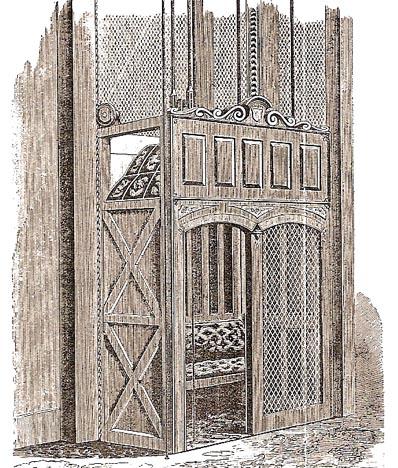
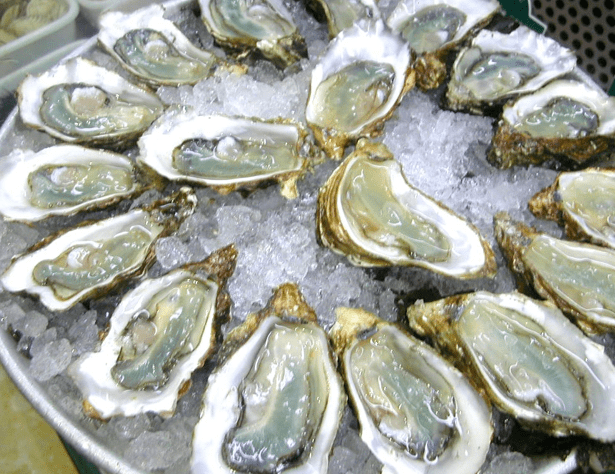

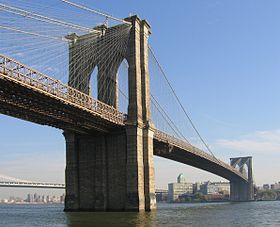






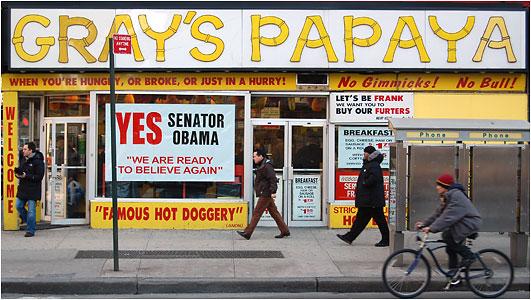
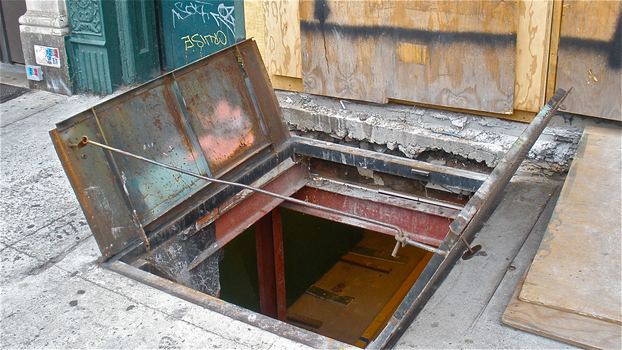
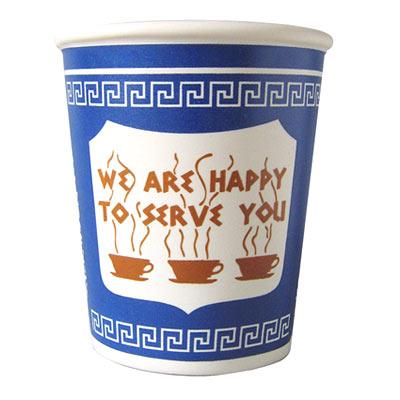
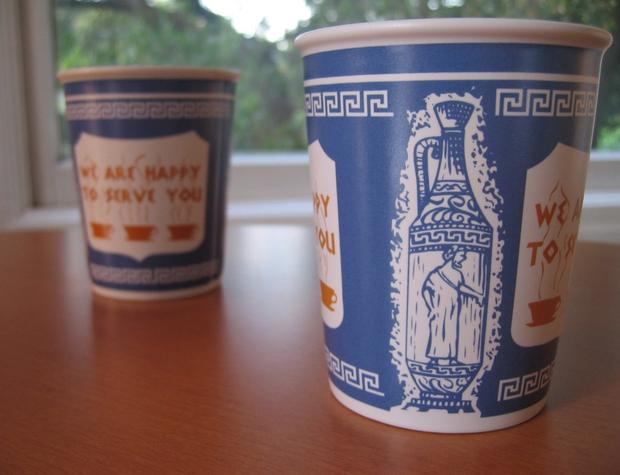
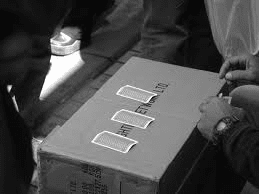
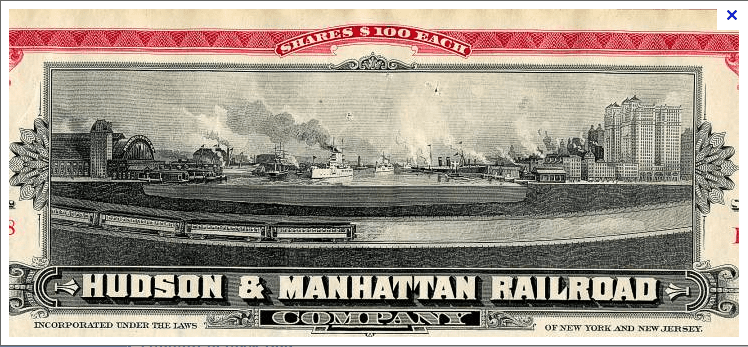

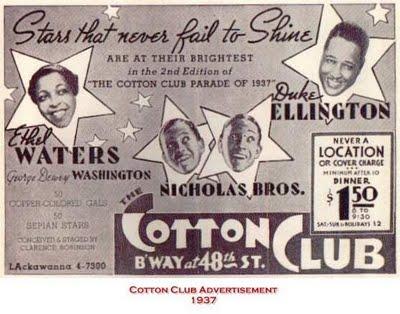

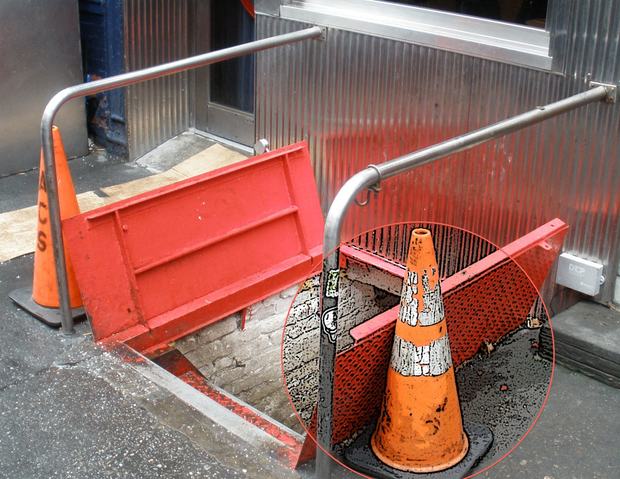





Leave a Comment
Email addresses are required but never displayed.